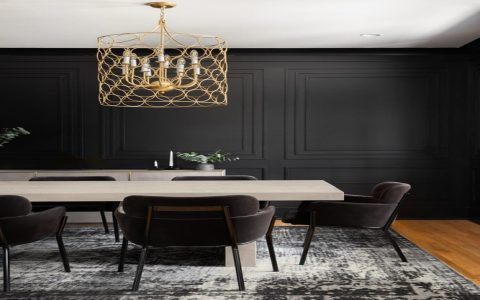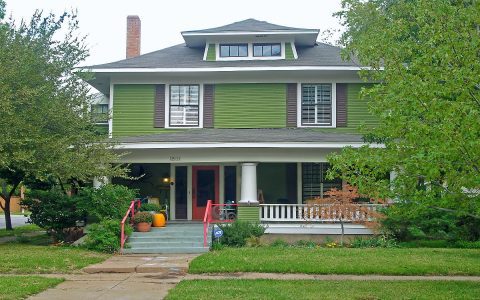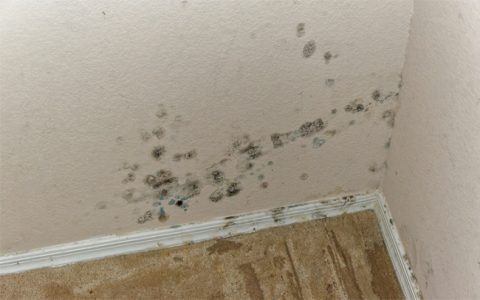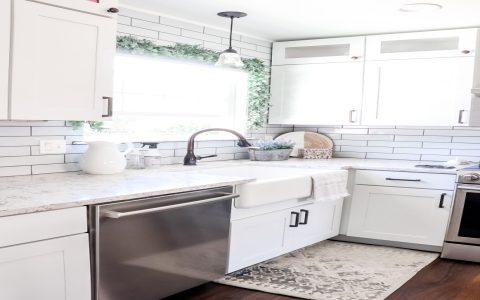Wall textures enhance aesthetics and can mask imperfections. Selection depends on the desired look, durability, and application complexity. Common types offer varying visual and functional benefits.
Smooth Finish
A smooth finish, or level 5 drywall finish, involves meticulous sanding of drywall compound to achieve a perfectly flat, even surface. It provides a modern, clean aesthetic, ideal for highlighting paint colors and decor. This finish is the least forgiving of imperfections and demands skilled application for a flawless result.
Orange Peel Texture
Orange Peel is a subtle, spray-applied texture that emulates the rind of an orange. It's created by spraying thinned drywall compound, resulting in a fine, consistent dimpled surface. This texture is popular for its relatively easy application and its effectiveness in concealing minor wall flaws and providing a uniform appearance.
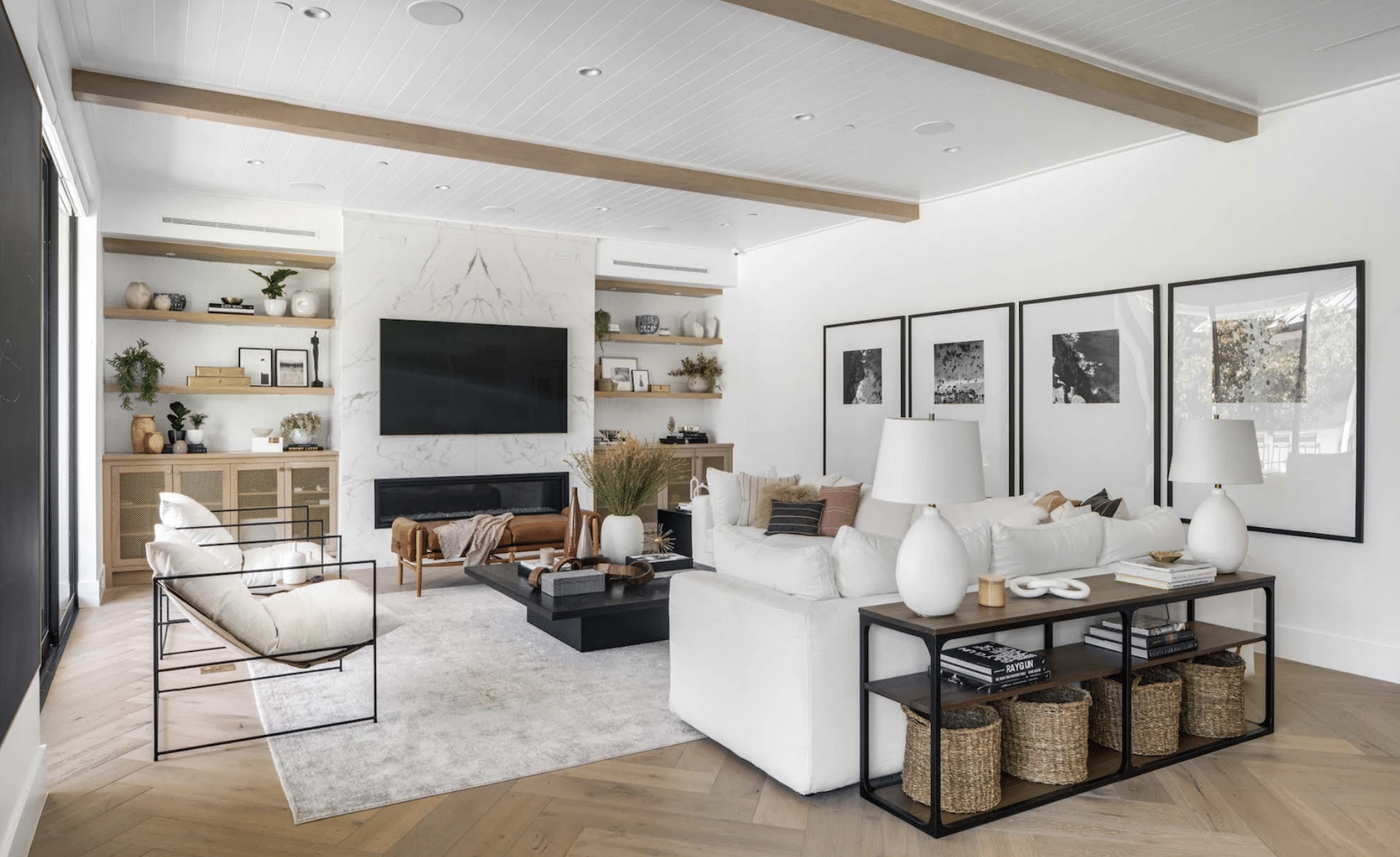
- Method: Typically spray-applied.
- Finish: Fine, slightly bumpy surface.
- Benefit: Good for hiding minor imperfections subtly.
Knockdown Texture
Knockdown texture is achieved by spraying drywall compound onto the wall in globules or splatters, then, once partially set, "knocking down" the peaks with a wide trowel or knife. This creates a more pronounced, rustic yet somewhat flattened texture compared to Orange Peel. It is very effective at concealing surface imperfections and adds distinct visual interest.
- Method: Spray-on, then trowel-flattened peaks.
- Finish: Varied, slightly raised, and flattened pattern.
- Benefit: Excellent for concealing significant blemishes.
Skip Trowel Texture
Skip Trowel texture is a hand-applied finish. Drywall mud is put on a trowel, and then the trowel is lightly "skipped" across the wall surface. This technique creates a random, rustic pattern with raised sections and flat areas, often imparting a Mediterranean or Spanish feel. The depth and specific pattern depend heavily on the applicator's technique and pressure.
- Method: Hand-applied with a trowel.
- Finish: Rustic, layered, and irregular appearance.
- Style: Imparts an Old World, Tuscan, or Santa Fe character.
Sand Swirl Texture
Sand Swirl is a decorative texture created by mixing sand (of varying grits) into drywall mud or a special primer. This mixture is then applied to the wall and tooled using a brush (often a wallpaper brush) or trowel in overlapping circular or swirling motions. The result is a distinctive, patterned finish that can range from fine to coarse.
- Method: Sand-mixed compound, applied in swirling motions.
- Finish: Distinctive circular or arced patterns.
- Effect: Decorative and can serve as a focal point.
Comb Texture
Comb texture is produced by applying a layer of drywall mud and then using a toothed trowel or a specialized "comb" to create patterns such as lines, waves, fan shapes, or checkerboards. The design's complexity and appearance depend on the comb's teeth (size and spacing) and the applicator's movements. This texture offers a more structured and intentional decorative effect.
- Method: Toothed trowel or comb creates patterns in wet mud.
- Finish: Can be linear, arced, geometric, or more intricate.
- Effect: Adds distinct, often repeating, patterns.

